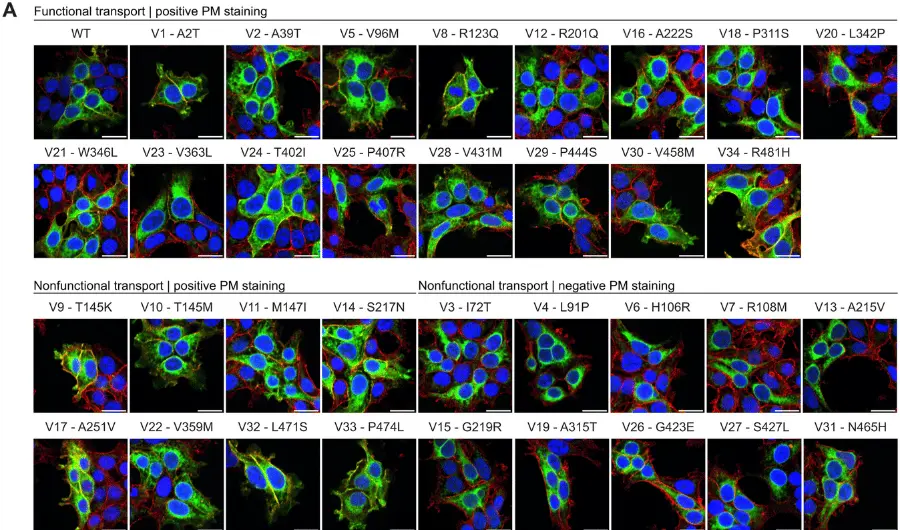Stopping Acquired Epilepsy Before It Starts? CURE Researcher Identifies a Possible Epilepsy Biomarker
February 2, 2018
Annamaria Vezzani, PhD, and her team have identified the protein high-mobility group box 1 (HMGB1) as a potential biomarker for epilepsy and have uncovered a potential new treatment for the disease, using a rat model of brain injury and epilepsy. This promising work addresses one of the most important focus areas in modern-day epilepsy research—the search for a biomarker, or some substance that doctors can measure that would provide an indication that a person is likely to develop epilepsy.1
Dr. Vezzani of the Mario Negri Institute for Pharmacological Research in Milan, Italy and her team found that HMGB1 levels were increased in both the brain and blood in the period before the rats developed epilepsy and this increase was maintained during disease development2,3—an indication that HMGB1 levels might be measured as a sign of impending epilepsy. They then found that a combination of drugs already used in medical practice prevents both the increase in HMGB1 levels and, perhaps most excitingly, delayed the onset of epilepsy, blocked the progression of the disease and eliminated impairments in memory.3
HMGB1 is normally released in the brain during the process of neuroinflammation, the brain’s response to injuries, trauma or infections such as those that might lead to epilepsy.2,4 Although HMGB1 signals the brain to repair damaged tissue, too much HMGB1 can cause damage, and neuroinflammation has been associated with epilepsy.2,3,5 The finding that HMBG1 release is increased in the brain during the period in which epilepsy develops and is measurable in blood may allow HMGB1 to serve as a biomarker for epilepsy: doctors could measure blood levels of HMGB1 to determine which individuals are more likely to develop the disorder. Targeting the neuroinflammation that leads to increased HMGB1 with drugs already in clinical use could also create a new therapeutic area to prevent epilepsy from developing or improve its clinical course.
This impactful work by CURE researcher Dr. Vezzani and her team carries with it the possibility of critically affecting the diagnosis and prognosis of patients that are at risk of developing epilepsy. By using increased blood levels of HMGB1 as a biomarker for epilepsy and subsequently lowering these levels with drugs already being used clinically, doctors may soon be able to stop the disorder in its tracks.
“We are excited about the identification of HMBG1 as a potential biomarker that could predict onset of epilepsy,” states Laura Lubbers, PhD, Chief Scientific Officer at Citizens United for Research in Epilepsy (CURE). “Now, this important finding needs to be confirmed in people who have experienced a brain injury and are at risk for developing epilepsy.”
“With this research, Dr. Vezzani and her team have provided hope that a treatment for preventing acquired epilepsy before it occurs is on the horizon,” says CURE CEO Kate Carr. “We thank both Dr. Vezzani as well as our supporters who have made such research possible through their generous donations.”
1 Pitkänen et al. Advances in the development of biomarkers for epilepsy. Lancet Neurol 2016; 15(8):843-856.
2 Walker et al. Molecular isoforms of high-mobility group box 1 are mechanistic biomarkers for epilepsy. J Clin Invest 2017; 127(6):2118-2132.
3 Terrone et al. Preventing epileptogenesis: A realistic goal? Pharmacol Res 2016; 110:96-100.
4 Vezzani et al. Infections, inflammation and epilepsy. Acta Neuropathol 2016; 131(2):211-234
5 Pauletti et al. Targeting oxidative stress improves disease outcomes in a rat model of acquired epilepsy. Brain 2017; 140(7):1885-1899.







